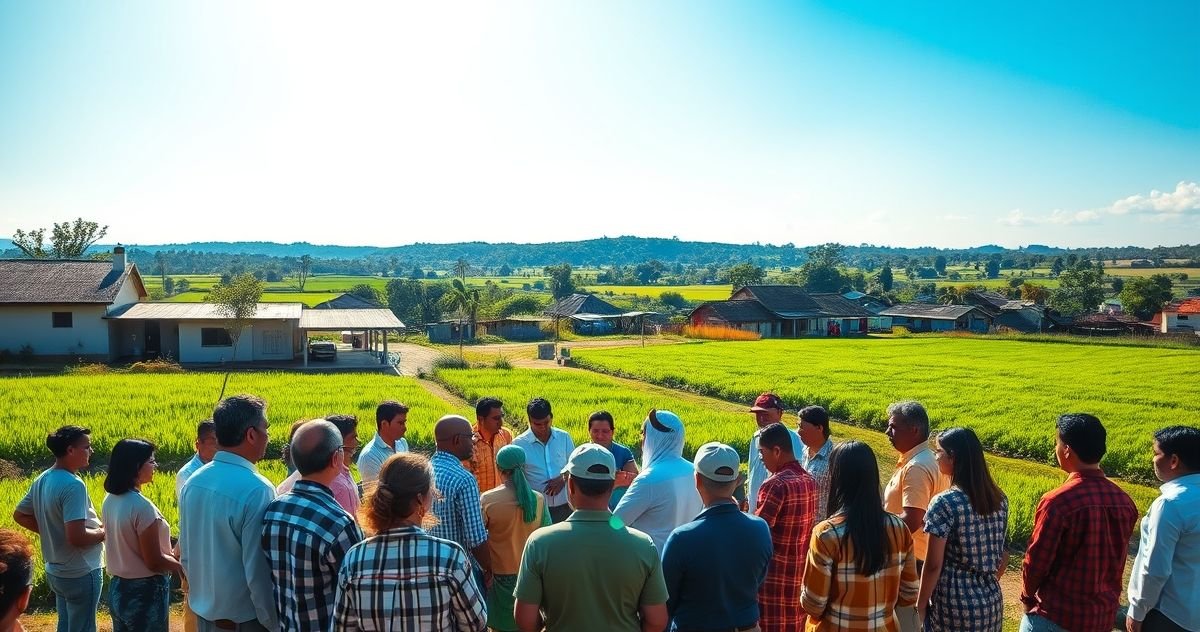Understanding the Rural Workforce Development Tax Credit
The Rural Workforce Development Tax Credit is a governmental initiative aimed at invigorating the economies of rural areas through targeted investments in workforce training and skill enhancement. By offering tax incentives to businesses operating in these regions, the program seeks to create sustainable employment opportunities, elevate economic activity, and ultimately reduce the urban-rural economic divide.
What Is the Rural Workforce Development Tax Credit?
At its core, this tax credit serves as a fiscal tool to encourage businesses to invest in local human capital. The primary purpose is to lower the cost barrier for companies considering workforce training initiatives, thereby fostering a more skilled labor pool tailored to their specific industry needs. By reducing the financial burden on businesses, the credit aims to stimulate economic activity and job creation in regions that traditionally suffer from higher unemployment rates and lower levels of investment.
Key Features and Components
- Eligibility Criteria: The tax credit is typically available to businesses operating within designated rural areas as defined by governmental guidelines. Companies need to comply with criteria such as business location, size, and regional economic impact to qualify.
- Credit Amounts: The value of the tax credit often corresponds with the level of investment made in workforce development activities. This can include partnerships with local training centers, funding employee certifications, or creating apprenticeships.
- Application Process: Businesses must submit an application that provides detailed plans and objectives for the intended workforce development, as well as anticipated outcomes and benefits for the local economy.
Filing and Compliance Requirements
Eligible businesses must carefully adhere to compliance guidelines to benefit from the credit. This includes:
- Proper Documentation: Maintain detailed receipts, contracted training plans, and certification records as proof of investment in workforce development activities.
- Timely Application and Filing: Applications for the credit must be submitted within specific windows, often coinciding with the fiscal tax year. It is crucial for businesses to remain aware of filing deadlines to ensure eligibility.
- Regular Reporting: Businesses might be required to submit periodic reports detailing the outcomes of their workforce training activities, demonstrating the tangible benefits derived from the investments.
Penalties for Non-Compliance
Failure to comply with the application and reporting guidelines may result in disqualification from the program and potential repayment of claimed credits. Moreover, businesses that provide false or misleading information could face further penalties, including fines or suspension from future participation in similar incentive programs.
Importance and Significance
The significance of the Rural Workforce Development Tax Credit cannot be understated in its potential to transform local economies. It serves several key roles in economic and workforce development:
- Economic Revitalization: By incentivizing companies to invest in employee training, rural areas can see a rise in skilled labor, which in turn attracts further business investments and enhances local income levels.
- Community Empowerment: Enhanced training opportunities help community members increase their earning potential, leading to improved living standards and reduced migration to urban centers.
- Sustained Economic Growth: As businesses in rural areas become more competitive and efficient through a skilled workforce, regions can experience sustained economic growth, increasing resilience against economic downturns.
Conclusion: A Promising Path for Rural Development
The Rural Workforce Development Tax Credit is a pivotal tool in bridging the economic gap between urban and rural regions. By facilitating investments in human capital, the tax credit not only benefits businesses through fiscal savings but also empowers local communities, paving the way for holistic economic development. Stakeholders, including businesses and policymakers, must collaborate to maximize the efficacy of this program, ensuring that it meets its objectives of transforming rural areas into thriving economic hubs.



